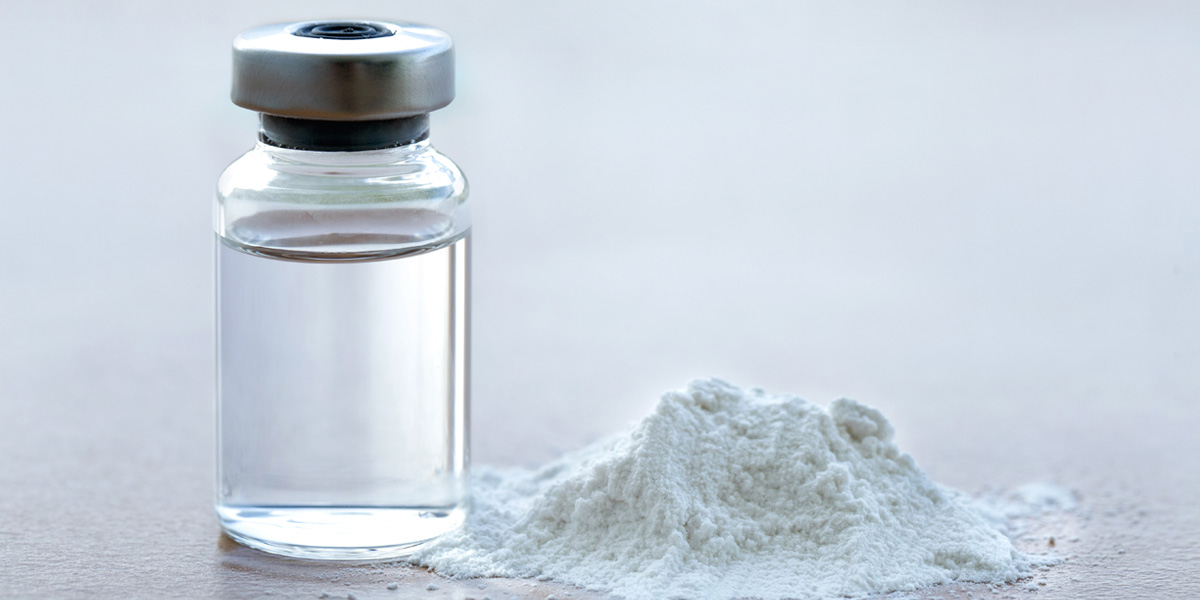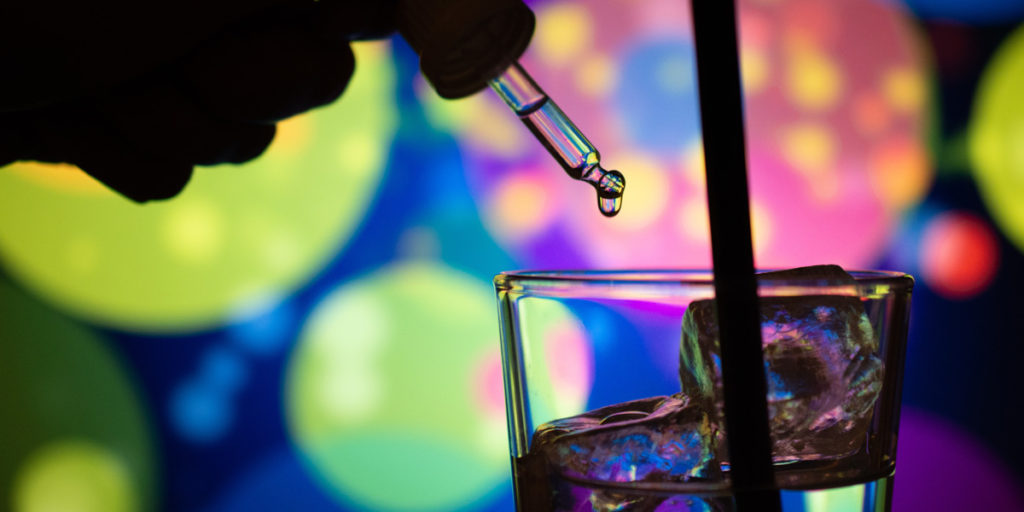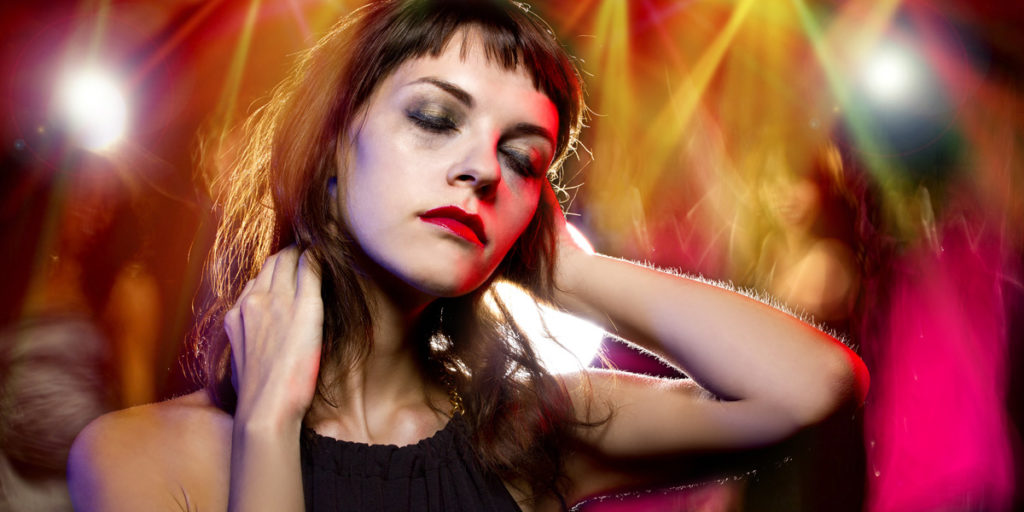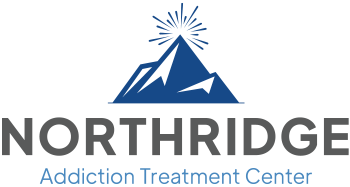GHB Drug: Effects, Withdrawal, and Methods of Abuse

GHB’s History
Gamma-hydroxybutyric (GHB) gained interest in the 1960s when a French physician, Dr. Henry Laborit, studied the effects of the drug. Labroit proved GHB to be a powerful medicinal agent, producing sedation and deep sleep with high doses.
With these displayed effects, curiosity in the use of GHB as an anesthetic developed. However, the drug did not have enough pain-killing effects during the clinical trials, and the appropriate dose was challenging to determine and control. Additionally, some patients vomited and endured convulsions causing medical testing to stop and abandon it in the use of anesthesiology.
During the 1970s and 80s, GHB was a popular dietary supplement, particularly with dieters and body builders, easily purchased at typical health food stores. It was believed that it burned fat, built muscle, and helped produce the growth hormone.
Through the 1980s and 1990s, GHB became popular at clubs and raves, with a reputation to increase sex drive and libido. Although, several legal and forensic reports began to arise that GHB was being used to spike drinks, causing loss of consciousness to engage in sexual assaults.
Therefore, in March 2000, The U.S. Food and Drug Administration (FDA) made GHB a Schedule I controlled substance. However, because in the form of sodium salt, it has legitimate medical uses, thus it was placed as a Schedule III controlled substance as sodium oxybate.
What Is GHB?
GHB, gamma-hydroxybutyric acid, a club drug, often referred to as the “date rape drug,” is an illegal recreational drug of abuse and a potent central nervous system depressant.
However, GHB’s counterpart substances, such as GBL, gamma-butyrolactone, and B.D., 1,4-butanediol, are used as alternatives because they are unregulated, therefore not easily classified as controlled substances.
In the form of sodium salt, GHB is the generic drug sodium oxybate. An FDA-approved prescription medication, GHB’s sodium salt, or sodium oxybate, is sold under its proprietary name, Xyrem, in the United States. In Europe, it’s registered under the name Alcover.

Street Names
Common street names for GHB include:
- Liquid ecstasy
- Liquid X
- Georgia home boy
- Easy lay
- G
- Goop
- Grievous bodily harm
- Scoop
- Gamma OH
- Mils
- Fantasy
- Liquid fantasy
What Does GHB Look Like?
GHB is typically sold as a liquid or white powder that dissolves in liquids such as water or alcohol. According to the Drug Enforcement Administration (DEA) ‘s Drug Fact Sheet, GHB is clear, odorless, and somewhat salty in liquid form. It is often packaged in small vials or small water bottles.
GHB Dosage
GHB’s effects occur between 15 to 30 minutes after consumption and last 1 to 6 hours, depending on the dose.
An average dose of GHB can range from 1 to 5 grams, controlled by the purity of the drug even though 1 to 2 grams are usually enough to produce the desired effects of well-being and euphoria.
Larger doses of GHB produce drowsiness, and as the concentration level in the blood increases, significant effects on coordination and speech arise.
Effects of GHB
The symptoms of GHB right after ingestion are feelings of inhibition, euphoria, and decreased anxiety. Though sedative effects such as memory loss go with the initial desired symptoms, it also induces vomiting, abdominal pain, and other harmful effects even with small doses.
Side effects of GHB include:
- Confusion
- Drowsiness
- Memory impairment
- Slurred speech
- Headache
- Excited or aggressive behavior
- Hallucinations
High doses can result in:
- Nausea
- Unconsciousness
- Extensive deep sleep cycles
- Seizures
- Slowed heart rate
- Lower body temperature
- Coma
- Death
GHB Overdose
GHB overdoses can result in coma and death. Symptoms of GHB overdose include:
- Loss of control over bodily movements
- No gag reflex
- Respiratory depression
- Altered states of consciousness
Combined with Alcohol
GHB is frequently abused while drinking, increasing the risks of adverse side effects by joining both sedative drugs.
The combined influences of GHB and alcohol, or any other depressant, considerably increases central nervous system depressant effects, resulting in respiratory depression, causing breathing to be overly slowed down, leading to coma or death.

Methods of Abuse
Today, there are mainly three groups of GHB users who tend to abuse the drug. These include body builders who use it under the assumption that it stimulates growth hormone release, sexual predators who use it with ill intentions to administer the drug for its sedative effects, and people who party at clubs or raves for its euphoric effects.
Furthermore, because GHB is an illicit drug, its supplements, GBL and B.D., are abused in its place. Both GBL and B.D. metabolize into GHB in the body, producing similar effects.
GBL and B.D. have various uses and are sold as supplements for fat loss, body building, improved eyesight, baldness reversal, and combatting depression, aging, and insomnia.
GHB Withdrawal
There is compelling evidence that long-term abuse of GHB, GBL, and B.D. leads to addiction and becoming physically dependent, which means abruptly stopping use will trigger withdrawal symptoms.
The first symptoms of GHB withdrawal typically appear within 24 hours after last use. However, the signs and symptoms of withdrawal vary from individual to individual, depending on the duration of use and prior drug abuse.
Common withdrawal effects include:
- Vomiting
- Anxiety and nervousness
- Insomnia
- Agitation
- Itching
- Tremors
- Confusion
- Disorientation
- Paranoia
- Delirium
The harshest withdrawal effects are associated with GHB abuse in combination with other chronic substance abuse. GBL and B.D. also produce intense withdrawal effects, including:
- Fever
- Increased blood pressure
- Psychotic thoughts
- Visual hallucinations
- Seizures
- Liver damage
- Kidney failure
- Respiratory depression
Sudden withdrawal from long-term GHB abuse is a medical emergency requiring a specialist in addiction because often, the individual is using several other drugs.

How to Get Help for GHB Abuse and Addiction
It is never too late to seek help. Northridge Addiction Treatment Center treats GHB addiction and withdrawal in the comfort of a luxury facility in the San Fernando Valley of Los Angeles.
With around-the-clock health care supervision, our medical detox program can help manage and relieve GHB’s severe, life-threatening withdrawal symptoms and integrate a unique treatment plan tailored to your specific needs to reach lasting recovery.
Our medication-assisted treatment and dual diagnosis programs focus on mental health to ensure every resident at NATC is fully immersed in comfortably healing every aspect of themselves.
We work with many insurances, making payment options and enrollment seamless. Reach out today to speak with one of our compassionate admission specialists.
Find Meaningful Recovery
Our caring and compassionate specialists are eager to help you comfortably navigate this journey to recovery. Our individualized treatment plan, programs, and therapies may be a perfect match for you or your loved one. Let us assist you in living the happy life you deserve. It starts with a phone call.




